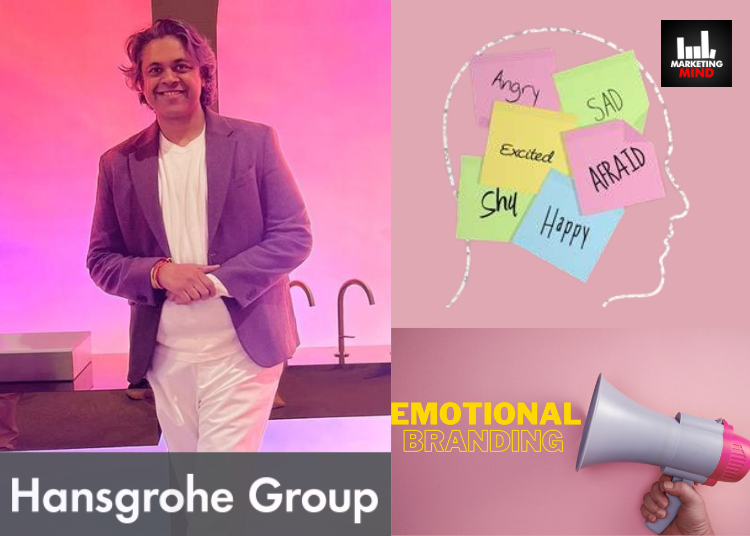With the modern consumer having more options at their fingertips than ever, brands are faced with an increasing challenge: understanding how to cultivate relationships that extend beyond mere transactions. The key lies in emotional branding- an approach that establishes profound, lasting connections by aligning with consumers’ emotions, aspirations, and values.
Unlike conventional marketing, which primarily highlights product attributes, pricing, and competitive advantages, emotional branding delves deeper by engaging consumers on a personal level.
It focuses on crafting experiences that resonate emotionally, transforming a brand from a good and services provider into an integral part of a consumer’s identity. Brands that excel in emotional branding create narratives that evoke joy, nostalgia, trust, or a sense of belonging. These emotional touchpoints serve as the cornerstone of consumer loyalty, making the brand indispensable in their lives.
Why Emotional Branding Matters
Consumer decisions are not purely rational. Studies show that emotions influence purchasing behaviour more than logic. Here’s why emotional branding is a game-changer:
- It Makes Brands Memorable- Facts and features fade, but emotions linger. A brand that successfully creates a positive emotional experience ensures that consumers remember it. Whether it’s the warmth of a heartfelt campaign or the delight of impeccable service, these emotions keep the brand top-of-mind.
- It Strengthens Customer Loyalty- When consumers feel emotionally connected, they stay loyal—even when competitors offer better deals. Emotional branding fosters trust and reliability, making customers less likely to switch brands based on price alone.
- It Differentiates in a Crowded Market- Many industries, including the bath and wellness sector, have products with similar features. Emotional branding helps brands carve out a unique identity that goes beyond functionality, creating a competitive edge.
- It Drives Word-of-Mouth Marketing- Emotionally engaged customers don’t just buy; they advocate. They share their experiences, recommend brands to friends, and amplify messages across social media, making emotional branding a powerful tool for organic growth.
How Brands Can Implement Emotional Branding
While the concept is powerful, execution is key. Here are actionable ways brands can harness emotional branding effectively:
- Tell Compelling Stories- Storytelling humanises brands and makes them relatable. Narratives that reflect consumers’ aspirations, challenges, or cherished memories help establish an emotional connection that facts alone cannot achieve.
- Personalise Customer Experiences- Brands that understand their customers on an individual level create stronger emotional ties. Personalisation—whether through tailored recommendations, thoughtful gestures, or customised messaging—makes consumers feel valued and understood.
- Build a Community- Consumers want to be part of something bigger than themselves. Brands that foster communities—whether online or offline—create a sense of belonging that deepens emotional investment.
- Stay Consistent and Authentic- Trust is built through consistency. Emotional branding is not a one-time campaign but a sustained effort to maintain a genuine and reliable brand voice across all touchpoints.
- Use Emotional Triggers. Nostalgia, excitement, and empathy are powerful emotions that brands can tap into. Understanding what moves your audience emotionally and integrating these triggers into campaigns enhances engagement and resonance.
The Long-Term Impact of Emotional Branding
Brands that successfully implement emotional branding don’t just sell products; they create experiences that become woven into the fabric of consumers’ lives. They build relationships that last, ensuring that even in a competitive landscape, they remain the preferred choice.
















